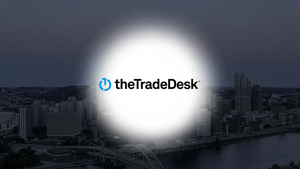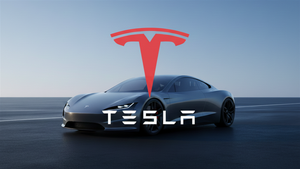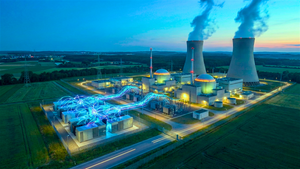Lazard Releases 2025 Levelized Cost of Energy+ Report
Renewables Remain Competitive, as Utility-Scale Solar and Onshore Wind Remain Most Cost-Effective Forms of New-Build Energy Generation
The Tightening of Capacity Markets Has Led to a Resurgence in New-Build Gas Generation Projects, Despite Higher Levelized Costs of Energy and Commodity Price Exposure
Lazard Inc. (NYSE: LAZ) is proud to announce the release of the 18th edition of its Levelized Cost of Energy+ (LCOE+) report, a widely-cited, annual analysis that provides insights into the cost competitiveness of various energy generation technologies. The report explores key aspects of energy generation, energy storage, and system-level considerations while reflecting on developments over the past 12 months.
“In today’s rapidly evolving energy landscape, the relevance of data-driven decision-making has never been more critical and the LCOE+ serves as an invaluable resource for industry stakeholders, policymakers, and investors,” said George Bilicic, Vice Chairman of Investment Banking and Global Head of Power, Energy & Infrastructure, Lazard.
Key Findings from the 2025 LCOE+ Report
-
Renewables Remain Competitive: Unsubsidized Wind & Solar Lowest Cost Generation Sources for Last 10 Years
Despite facing macro challenges and headwinds, utility-scale solar and onshore wind remain the most cost-effective forms of new-build energy generation on an unsubsidized basis (i.e., without tax subsidies). As such, renewable energy will continue to play a key role in the buildout of new power generation in the U.S. as the lowest-cost and quickest-to-deploy generation. -
Increased Cost of Gas-Fired Generation: Gas-Fired Generation Reaches 10-Year High LCOE
While persistent low gas prices, high energy demand and increasing renewable LCOEs have resulted in the continued cost competitiveness of operating existing baseload gas generation, the cost of building a new combined cycle gas turbine has reached a 10-year high. Turbine shortages, rising costs and long delivery times are expected to continue driving steep LCOE increases for gas technologies in the near term—however, productivity enhancements and supply chain normalization could offset such increases over the longer term. -
Storage Cost Decline: Significant YOY Declines Offset 2021 – 2024 Increases, Dropping LCOE to 2020 Level
This year’s report shows sharp declines for battery energy storage systems across hybrid and standalone storage projects. Key drivers of such results include both market dynamics (e.g., lower-than-expected EV demand and the resulting oversupply of cells) and technological advancements (e.g., increased cell capacity and energy density). -
System Analysis is Evolving: More Renewables Requires More Sophisticated Capacity Accreditation
As renewable penetration increases, several independent system operators are refining their capacity accreditation methodologies to incorporate seasonal adjustments and diversity benefits, which have generally driven up firming costs. The continued development of more sophisticated capacity accreditation frameworks could have significant impacts on future firming costs.
The recent transformation of the energy sector has not been without challenges, including technological limitations, transmission and distribution infrastructure investment impediments, regulatory and geopolitical considerations, capital scarcity and, arguably most fundamentally, increasing recent power demand.
These challenges have become more prominent as renewable energy has gone from a nascent “emerging” technology to an Industry, accounting for more than 20 percent of the U.S. electricity system, with “supermajors” of its own. With this growth, debates over energy technology development, mix, costs, environmental impacts and policies have become increasingly relevant and complex. Lazard takes pride in publishing the LCOE+ as a snapshot in time based on real-world, U.S. project data, rather than a prediction of the future and as work product to contribute to the ongoing dialogue.
To download the full 2025 Levelized Cost of Energy+ report, click here.
About Lazard
Founded in 1848, Lazard is the preeminent financial advisory and asset management firm, with operations in North and South America, Europe, the Middle East, Asia, and Australia. Lazard provides advice on mergers and acquisitions, capital markets and capital solutions, restructuring and liability management, geopolitics, and other strategic matters, as well as asset management and investment solutions to institutions, corporations, governments, partnerships, family offices, and high net worth individuals. For more information, please visit Lazard.com and follow Lazard on LinkedIn.
LAZ-CPE
View source version on businesswire.com: https://www.businesswire.com/news/home/20250616578610/en/
Contacts
Media Relations
Jessica Francisco, +1 212-632-6571
jessica.francisco@lazard.com
Investor Relations
Alexandra Deignan, +1 212-632-6886
alexandra.deignan@lazard.com
More News
View More




Recent Quotes
View More
Quotes delayed at least 20 minutes.
By accessing this page, you agree to the Privacy Policy and Terms Of Service.